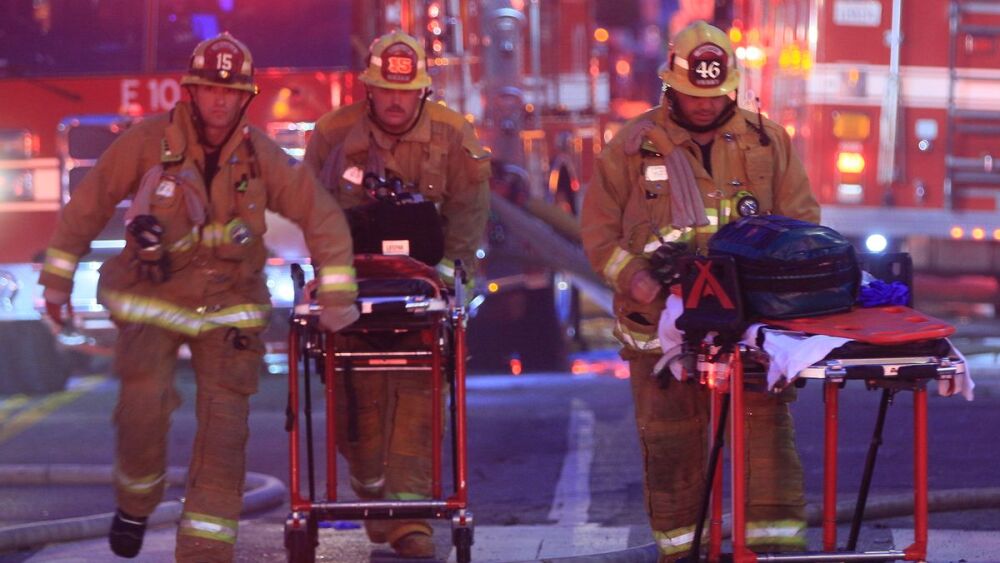Active shooter events have become a tragic staple of our news cycle. The horrific events in Uvalde, Texas, Buffalo, N.Y., and, in past years El Paso, Texas, and Dayton, Ohio, amplify this new reality.
Fire department training & rescue task force deployment
FireRescue1 asked the FireRescue1 community, “Does your department train with other agencies for active shooter events?” While 60% of respondents answered “Yes, both EMS and law enforcement,” another 14% answered “Yes, law enforcement.” While these responses show some level of coordination among agencies, it also highlights a significant gap, as more than one-quarter of respondents answered “No.”
FireRescue1 also asked the FireRescue1 community, “Does your department deploy a Rescue Task Force for active shooter events?” The results were near evenly split, with 46% answering “Yes” and 49% answering “No.” Another 3% answered “What’s a Rescue Task Force,” with another 3% answering “Unsure.”
Active shooter stats and resources
The FBI reports there were 277 active shooter incidents in the United States between 2000 and 2018, and 61 designated active shooter incidents in 2021. And the statistics paint a bleak picture for what’s ahead, with the number of incidents typically increasing year over year.
Considering the increasing frequency of these complex and chaotic incidents, fire departments need a formalized response plan – one that’s unified with EMS and police.
There are several active shooter event-related resources firefighters and other first responders can use to help develop such plans:
- U.S. Fire Administration – Fire/Emergency Medical Services Department Operational Considerations and Guide for Active Shooter and Mass Casualty Incidents
- NFPA 3000: Standard for Active Shooter/Hostile Event Response (ASHER) Program
- International Association of Fire Chiefs Active Shooter Toolkit
- FBI Active Shooter Resources
- NFPA 3000: Preparing and training firefighters for active shooter incidents (downloadable eBook)
- Mass Shooter Patient Triage
- Podcast: Interagency Coordination During Rescue Task Force Response
- FireRescue1 Academy Courses – Terrorism Awareness and EMS Response to Active Shooter Incidents
- How to buy armored rescue vehicles (eBook)
- On-Demand Webinar: The new ‘War Years': When mass shootings become commonplace
With the growing focus on the all-hazards mission of the fire service — one that increasingly necessitates working with other agencies — it’s critical that fire departments do everything possible to prepare for the new normal of active shooter events, never assuming that “it can’t happen here.”
Read next: How to avoid the most common active shooter training mistakes
This article, originally published in August 2019, has been updated.




